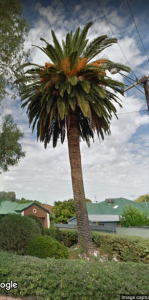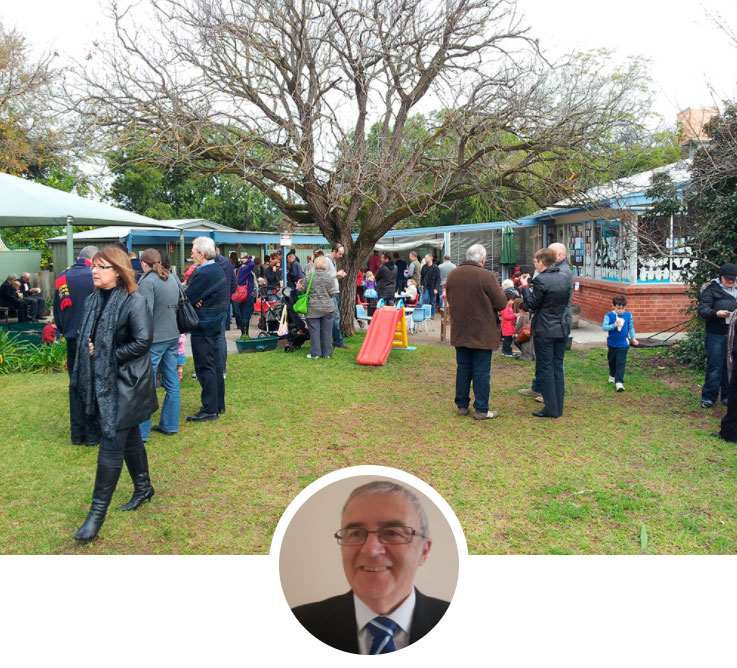Having a strategy to deal with nuisance trees was one of my many election promises. Placing a weighting on the nuisance a tree represents must surely apply to any responsible tree strategy.
.
It is timely, as we lament the loss of significant trees as blogged last week in Black Forest, to remember that some trees are nuisance trees.
While this loss of the Black Forest trees is hurting, we must recognise that trees do need to be removed if and when:
- The tree is dead
- The tree is unhealthy.
- It is structurally unsound and inclined to drop limbs
- Likewise it presents a danger to person or property.
These issues are dealt with by the Development Act for trees deemed to be regulated or significant trees. It requires even Council owned trees go through this process.
.
Council, as a responsible tree owner, has indeed a similar process for their trees that aren’t regulated, significant. Only trees authorised however by our arborist as either unhealthy or presenting a physical danger can be removed. Trees that may be a nuisance but don’t present as a physical danger are subsequently ignored.
As a responsible tree owner and neighbour Council should have a policy to deal with trees that are causing (for want of a better word) a nuisance to one of our neighbours.
A policy covering nuisances that don’t necessarily fit that criteria but sufficient to cause understandable stress for the neighbour. Given this, such a tree that was put before the elected body in the Chamber last night for direction.
Council approved a motion moved by Cr Boisvert and seconded by myself for removal of the tree. You can access details of the level of nuisance in this case in the agenda., commencing at page 155 of the agenda.
This need to take a motion to the chamber for a tree creating a health issue for one of our neighbours is clumsy and costly. This experience will surely inform the new tree strategy we have commenced working on.


Comments